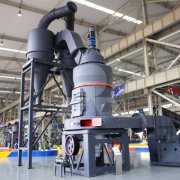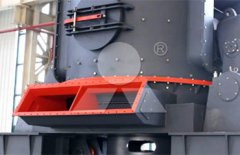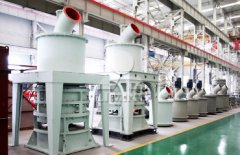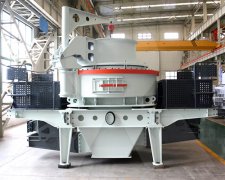Unveiling the Pros and Cons: Roller Mill Advantages and Disadvantages
Roller mills are widely used in various industries for grinding and processing solid materials. These mills utilize cylindrical rollers to crush and grind materials, offering unique advantages and disadvantages compared to other grinding technologies. In this article, we explore the pros and cons of roller mills, shedding light on their distinctive features and considerations for different applications.
The Advantages of Roller Mills:
First.Efficient Grinding:
Roller mills are known for their efficient grinding capabilities. The design and arrangement of the rollers allow for a larger surface area of contact with the material being ground, resulting in efficient particle size reduction. This leads to higher productivity and reduced energy consumption compared to other grinding methods.
Second.Uniform Particle Size Distribution:
Roller mills produce a more uniform particle size distribution compared to other grinding technologies. The parallel arrangement of the rollers ensures consistent grinding across the entire length of the rollers, resulting in uniform and fine particles. This uniformity is particularly beneficial in industries that require precise control over the particle size distribution, such as the pharmaceutical and chemical industries.
Third.Versatility in Material Handling:
Roller mills are versatile and can handle a wide range of materials, including minerals, chemicals, pigments, and agricultural products. From hard and abrasive materials to soft and friable ones, roller mills can effectively grind and process different types of materials, providing flexibility for various industries.
Fourth.Lower Maintenance Requirements:
Roller mills generally have simpler designs compared to other grinding equipment, leading to lower maintenance requirements. The absence of complex components and mechanisms reduces the likelihood of mechanical failures, resulting in reduced downtime and maintenance costs.
The Disadvantages of Roller Mills:
First.Initial Capital Investment:
The initial capital investment for roller mills tends to be higher compared to other grinding equipment. The cost of the mill itself, along with the necessary auxiliary equipment, can be significant, making roller mills less accessible for smaller-scale operations or those with budget constraints.
Second.Limited Particle Size Range:
While roller mills are efficient in grinding, they may have limitations in achieving extremely fine or coarse particle sizes. The design and operating parameters of roller mills may restrict the achievable particle size range, which can be a disadvantage for applications that require specific particle sizes outside the mill’s capabilities.
Third.Potential for Heat Generation:
Roller mills can generate heat during the grinding process, which may affect the quality of heat-sensitive materials. The friction between the rollers and the material being ground can lead to elevated temperatures, potentially causing thermal degradation or altering the properties of certain materials.
- vertical roller mill vs ball mill afghanistan
- vertical roller mill in philippines
- difference of vertical raw mill and ball mill-ball mill vs vertical roller mill
- advantage of vertical roller mill for cement grinding
- barite raymond roller mills in malaysia
- crusher and grinding mill for quarry plant in ethiopia




